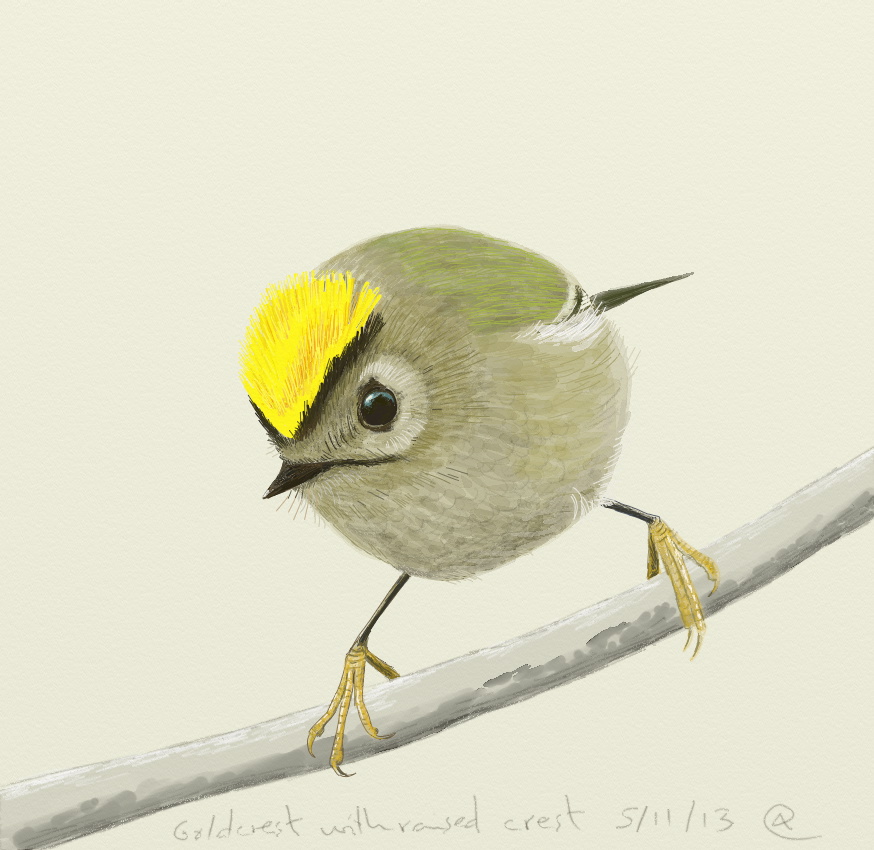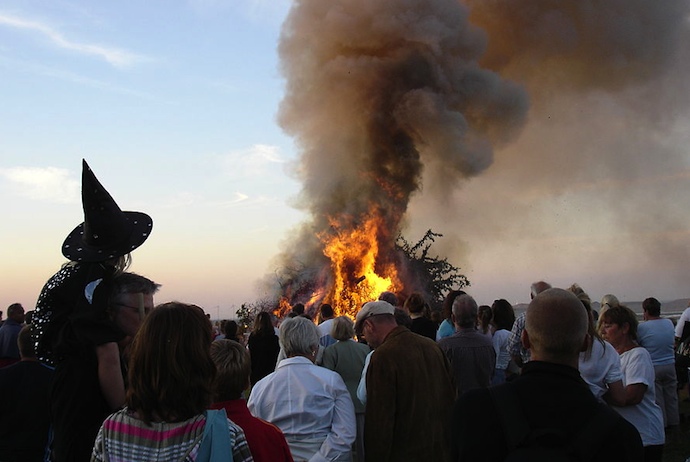by Fraser Hibbitt
In 1894, two ordinary men set off on a three-day walk through the south downs in England. Their names were Thomas Oakley and Hans Eagerton, and both hailed from London. A short fragment of their journey was preserved by a certain anthologist, Richard Eseat, who compiled a work dedicated to the summer: a subtle mixture of prose and poetry; some obvious, others less so. It is unfortunate that is anthology is no longer in print.
On June 19th, Oakley noted how Eagerton had stood transfixed amongst three sycamore trees. On asked what his thoughts were, Eagerton replied: “I thought I had begun to understand the way in which these trees grow, but this tree here seems to defy me fully”. The two must have talked at length about growth patterns because the next entry of Oakley’s seems conclusive: ‘I find it a warming thought to think how the sun plays on each tree, perhaps even giving them their individuality. In the summer months I feel I can see how the sun plays upon nature’. These men’s occupations are not known to us, but the note of the anthologist who introduces why he decided to add these obscure little fragments argues, quite convincingly, that they were not naturalists by trade only happy to talk about what they found curious in nature.
It is the obvious scene in summer that life is blooming. Oakley writes about how: ‘by nightfall, after long hours of traipsing up and down and up again the hills of Sussex, we were elated to stop and pitch our tent. We would feel infected by the scenes which had passed our way without, perhaps, even knowing it. The scents that happened upon us as we passed a bush, the unlooked-for patch of purple flowers in the forest – all told us, in one way or another, that life was blooming!’. The bloom of summer cannot go unmissed, yet, as this passage reminds us, it is also within oneself that the transformation takes place. It is something that begins in spring but is forced upon us as summer shows itself – a kind of subtle mental synchronicity with summer’s appearance.
Their ’walk through summer’ comes as a series of surprises. One of the lengthiest entries is of one stumbling through a copse where they encountered the play of, what seems to be, goldcrests: ‘little flits of gold shot by and, almost instinctively, we both came to a stop – very sensitive to what we were witnessing. Couples of these golden flashes would spring from the upper branches and spiral effortlessly to another branch. Hans, who is short sighted, wished to stay because he couldn’t quite see this dance, but only by minuscule golden glints in the air – I had to move him from the spot!’. In this short excerpt, Oakley’s out of the way comment on Hans’ desire to stay put is telling. The desire to ‘capture’, but never being quite capable to do so, this image of summer is something that carries on through the journal entries. Summer evokes the presence of wonder and, in its train, follows curiosity. However, a balance needs to be struck. The subtle play of the goldcrest is, perhaps, more transfixing to Hans because he cannot quite capture it with his sight.
Sketch of a goldcrest by Africa Gomez
This sentiment of wonder and surprise is carried by descriptions of their surroundings and, perhaps more importantly, by another implicit fact. The men, though of a natural disposition to understand, do not wrack their brains to detain nature – although, it seems, at times, Hans lets his curiosity get the better of him. A lot of their descriptions of plants are approximates, just noting for the joy of it: ‘One narrow green stem, and there, on top, an almost perfect sphere of blue’. The preserved journal itself is surprisingly short, just over a few days – the few days spanning the summer solstice – and in some way reflects in form this dynamic between summer curiosity and its ephemeral joys. The journal is a series of short, condensed musings from their walk – this continuous experiential movement. So, too, are their joys of summer a short and sweet experience, an experience which piques curiosity yet fails to satiate this awakened curiosity. Summer is acting for them as an enabling medium of fresh experience, and to remain fresh, it must keep its ephemeral nature.
On the last night of their travel, June 21st, a very moving scene occurs which sums up much of the journal. Oakley recounts how ‘It was to be our last sleep and so I couldn’t help feeling a slight sadness by this fact. We hadn’t nearly walked as far as the past few days but the successive walking had fatigued me quite. As I had finished pitching the tent, Hans returned with a stock of dry sticks and dead plants. He begun to make a fire and I must say it began to blaze beautifully. In a reflective mood, Hans told me how when he was a child, visiting a distant relative of his in Denmark, he had witnessed a wonderful bonfire as part of a solstice ritual. Huge flames with folks gathered all around, dancing and drinking. They call it Sankthansaften. I suppose we had something similar, though just us two. A wonderful thing, a fire on an open night. The flames kept the darkness away, for a while, and we toasted our journey’. It is fitting then that they ended the journey gazing at the flame. The flame, with its endless flickering, which Hans had turned into a symbol by his remembrance of the Danish tradition, perfectly recalls and makes present their undeniable, un-detaining, curiosity whilst trekking on these summer days.
A modern Sankthansaften celebration in Denmark.
It cannot be forgotten that the summer is in people too. Whether the editor of the anthology constructed it so, or it just so happens to be one of those satisfying conclusory remarks, Oakley’s last entry of the journey boldly proclaims: ‘leaving today, back to the city. At least now with a bit of the summer in us!’. It is hard to say what Oakley feels in the city, but it seems that it was a difficult feat for him to cultivate this joyful, curious, summer feeling there – though it need not be so. Summer, as he says, can be ‘in us’. In this respect, summer is a curiosity that blooms, that restores us from the habitual ways in which we view the world, that keeps alive wonder. This, if anything, is perhaps what Oakley learnt from his three-day walk.
==============
The blog homepage is at https://carlkruse.org
Contact: carl AT carlkruse DOT org
Fraser Hibbitt’s other articles for the blog include Stoicism and Houses of Great Minds. He also writes about the Art of Journaling.
The blog’s last post was on Wernher von Braun.
Also find Carl Kruse on TED here.



I like how you say “summer is in people.” I really think it is.
Nodding in agreement over here Stella, and many thanks for the various comments you have left throughout the blog.
Carl Kruse
I tried Googling the protagonists of the story and journals but could find little. Any more info?
I believe these journals are no longer in print, yet Fraser has secured a copy. I wish I had more info.
Carl Kruse
Reading this in winter and I like it.